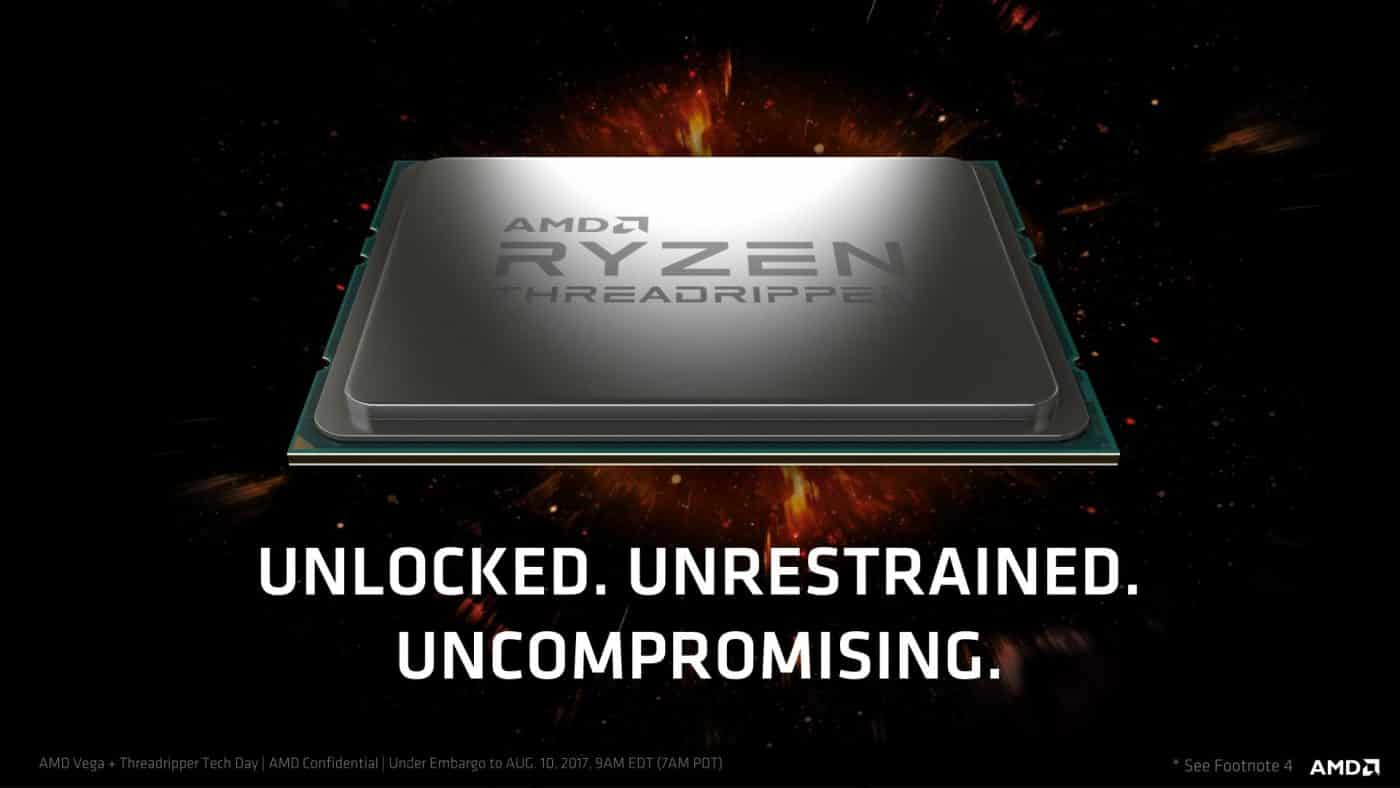AMD’s Ryzen and Ryzen ThreadRipper processors have been a huge success for the company, but what it I told you that ThreadRipper was never originally planned? This was revealed in a recent interview with Forbes by AMD’ers Sarah Youngbauer and James Prior.
“It’s not really a story of roadmaps and long-term planning or huge R&D budgets – it’s a lot more personal than that and stemmed from a skunkworks project and a small group of AMD employees who had a vision of a processor they’d really want in terms of a high-performance PC,”
“They worked on it in their spare time and it was really a passion project for about a year before they sought the green light from management, which is quite unusual – it was something they really cared about. The result, several years later was Ryzen Threadripper.” – Sarah Youngbauer, Corporate & Executive Communications – AMD
Basically when Ryzen was first conceived engineers at AMD looked at Ryzen and saw the potential to create an “awesome” product that they would want to buy and set on creating that product in their spare time as a side project. Several months into the side project they decided to bring what they had to AMD’s SVP of computing and graphics, Jim Anderson and he loved it.
“Myself and a few others were in a very cross-functional team that get together for various different projects and as we got the first hints of what the Zen core performance and efficiency were like and started looking at the internal roadmap, which is a constantly changing thing and noticed a gap between Ryzen and EPYC.”
“So we put together this skunkworks team where we had platform architects, people that deal with core design, business unit, marketing team, to work out how to use what’s already here and to go to the boss – Jim Anderson and say we’d like to do this,” – James Prior, AMD senior product manager – AMD
“I thought it was fantastic! I was really blown away when we worked out we could actually build it – I came into the industry as a CPU architect and it was the kind of product I’d love to build,”
“We were building it because we knew it was awesome, because we could, and to make it the best product we could, even the name had to be big.” – Jim Anderson – SVP Computing & Graphics group – AMD
So basically ThreadRipper was designed for hardware enthusiasts by hardware enthusiasts who also happened to be engineers. It was not easy though, the small team had to figure out how to design a 16-core monster chip with very litter resources. And then it came to them, Infinity Fabric. The “glue” that connects AMD’s Zen dies together in its server based EPYC chips.
“The efficiency in manufacturing came from the fact that we didn’t need entire wafer runs just to produce Threadrippers, we could use Ryzens… It meant we didn’t need millions of dollars for this one design; we found a way to use our existing great product and make it even more powerful,” said Prior.
“You can consider the resulting size of the CPU to be a negative aspect – the size of the socket, the heatspreader and number of pins, but it turns out it was a blessing in disguise. We could use the same socket as Epyc and just re-wire things. We’d already defined all the supply and ironed out the issues for Epyc, and this made it really easy to persuade our motherboard partners” – James Prior, AMD senior product manager – AMD
So that is how ThreadRipper was born. A very unique story and shows that even with limited resources and assets engineers thought outside of the box to bring an incredible product to market at a very low cost and short development time.



